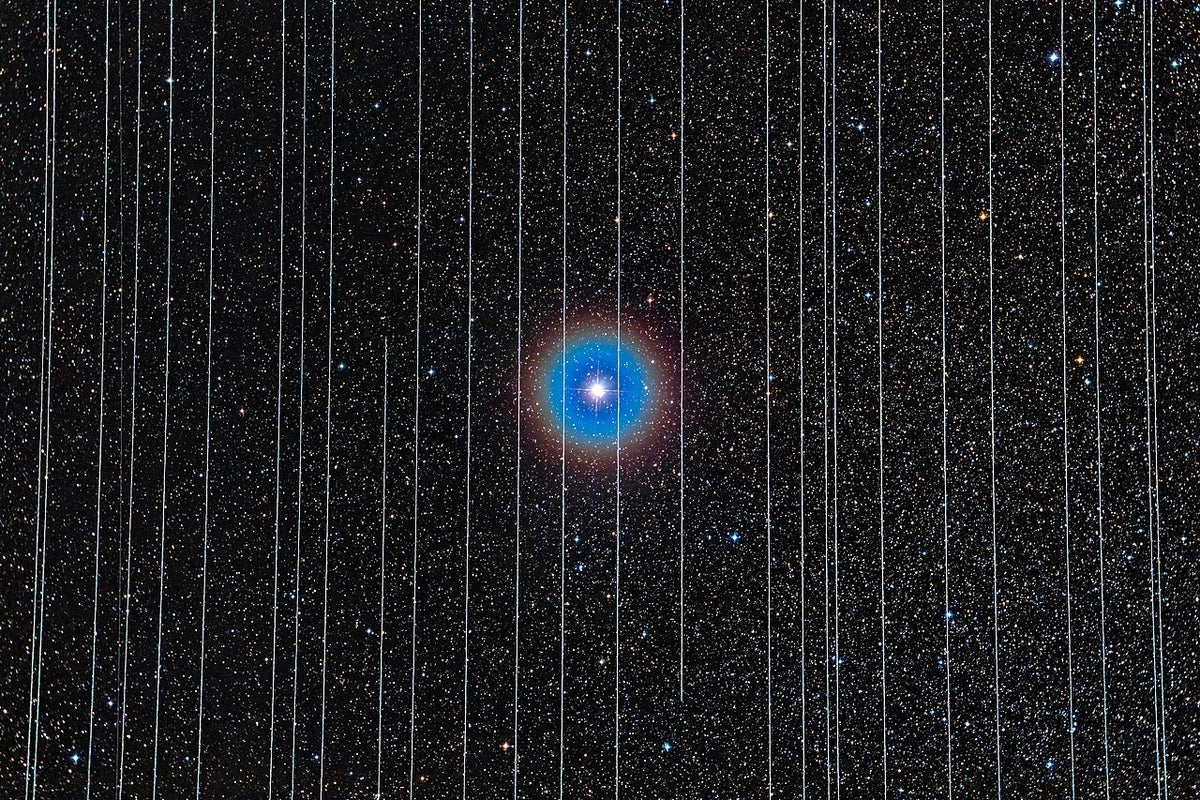SpaceX has launched the 10,000th Starlink into orbit after successfully delivering another batch of 56 satellites on Sunday.
The milestone means that SpaceX boss Elon Musk now controls two thirds of all active satellites, according to data from non-profit satellite tracker Celestrak.
As of 20 October, 8,562 of the 12,955 active satellites in low-Earth orbit – just over 66 per cent – are part of SpaceX’s Starlink constellation. A further 1,500 Starlink satellites are either inactive or are no longer in orbit.
SpaceX’s dominance has prompted concerns about the amount of power the world’s richest person wields through his control of the Starlink network. In 2023, Mr Musk claimed that he had “more real-time global economic data in one head than anyone ever” through his control of Tesla, SpaceX and X.
SpaceX’s closest rival when it comes to constellation size is currently OneWeb, which has 651 satellites in operation, however several Chinese endeavours are aiming to have more than 10,000 satellites orbiting Earth by the 2030s.
Mr Musk’s firm hopes to build the Starlink constellation to 42,000 satellites, though currently only has permission to launch 12,000.
The latest Starlink launch also equalled SpaceX’s previous annual Falcon 9 launch record of 132, with dozens of launches still planned before the end of 2025.
The Starlink satellites, which beam high-speed internet back to Earth, are built to last for around five years, after which they perform a controlled thruster fire to reenter the atmosphere and burn up completely.
Videos of Starlink debris burning up in the night sky have appeared across social media in recent weeks, with astronomer Jonathan McDowell recording an average of between one to two SpaceX satellites deorbiting each day in 2025.
Dr McDowell, who works at the Harvard-Smithsonian Center for Astrophysics in the US, said this figure will rise to around five per day as SpaceX continues to grow its constellation.
While the deorbits do not pose a risk to people on the ground, Dr McDowell warned that pollutants from the burn ups could potentially damage the atmosphere and contribute to global warming.
“It’s not clear yet really, even in the age of the mega constellations, [whether] these effects are going to be big enough to be really problematic,” he told EarthSky, “but it’s not clear that they won’t.”
First Appeared on
Source link













